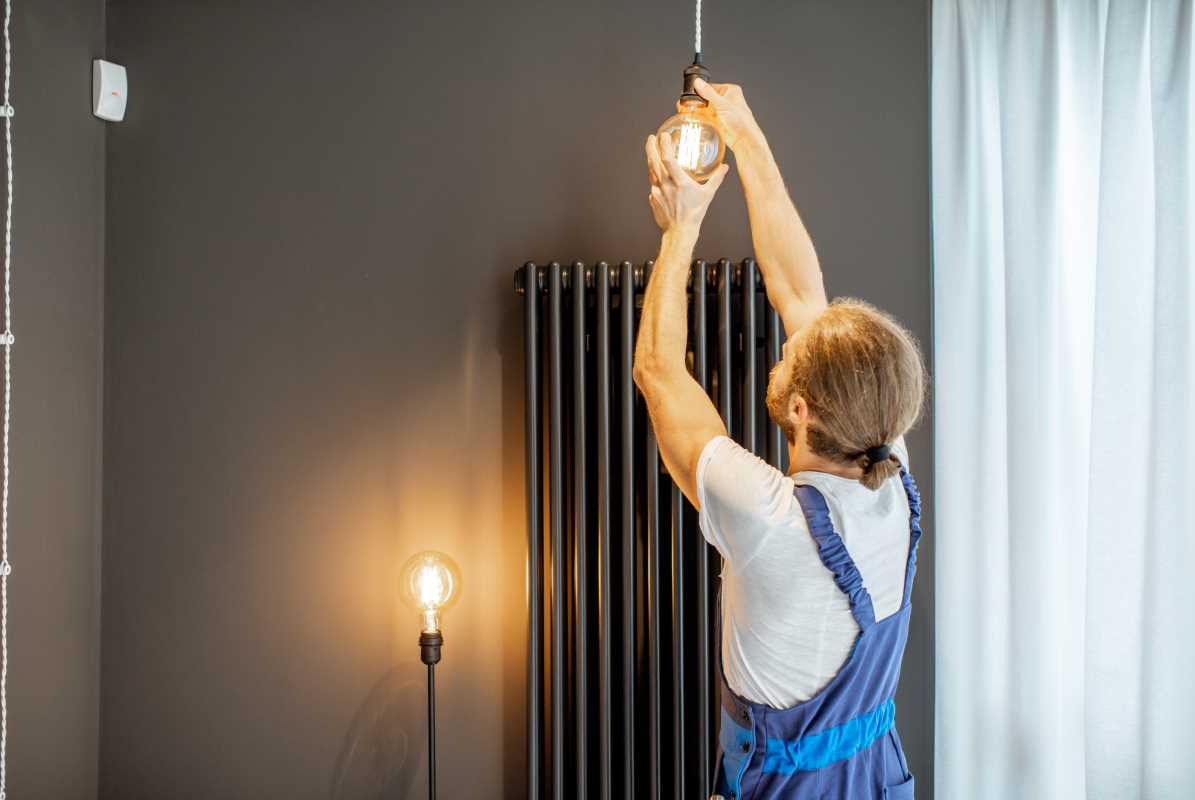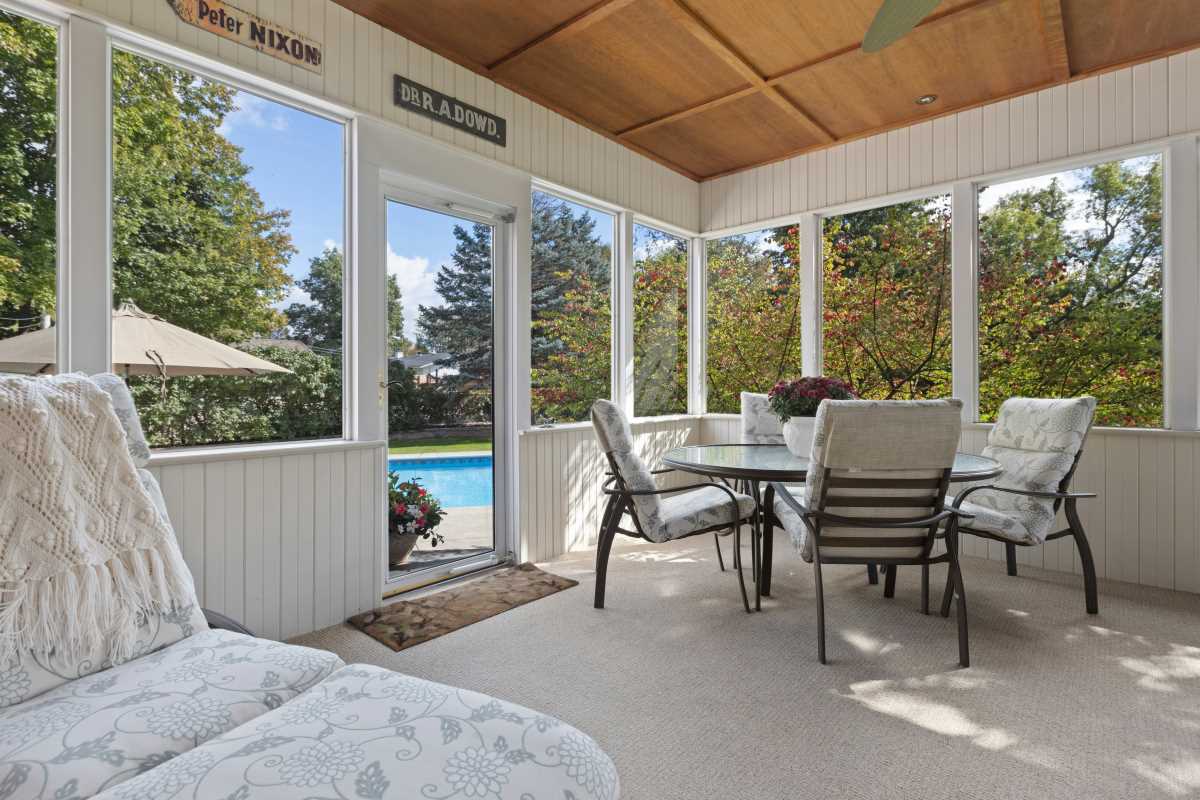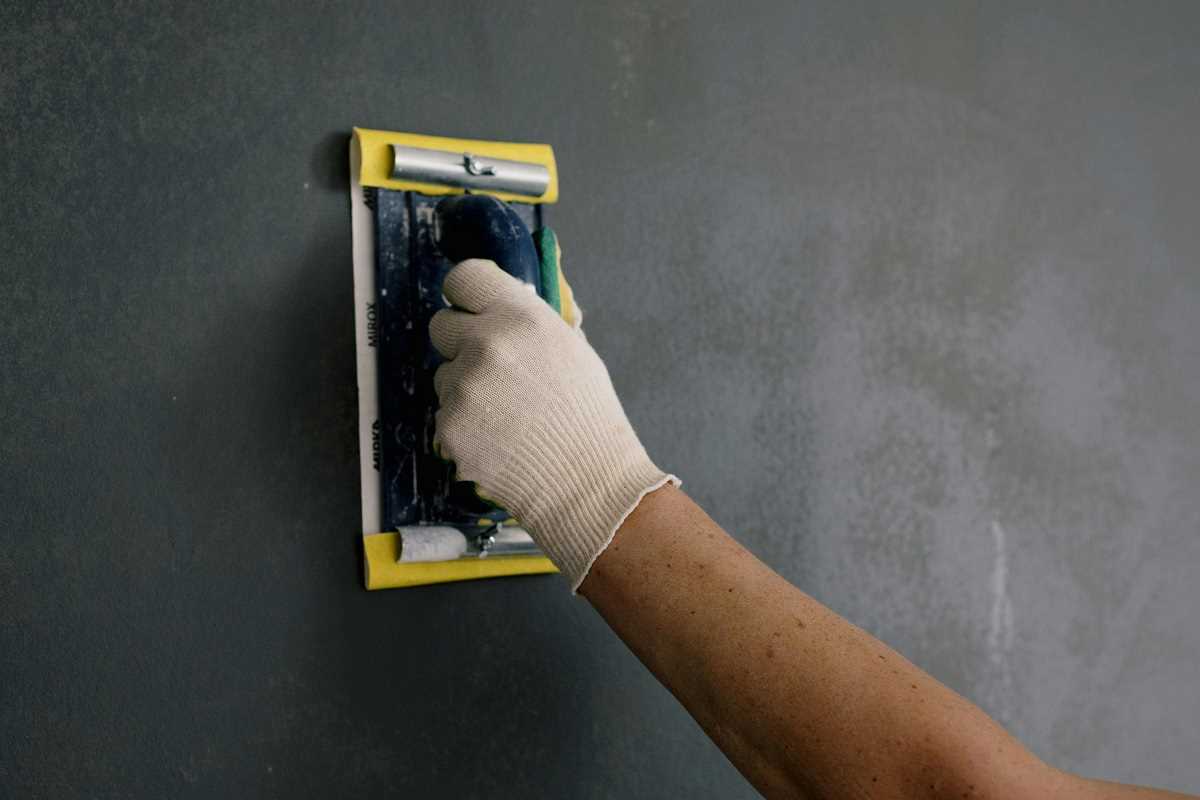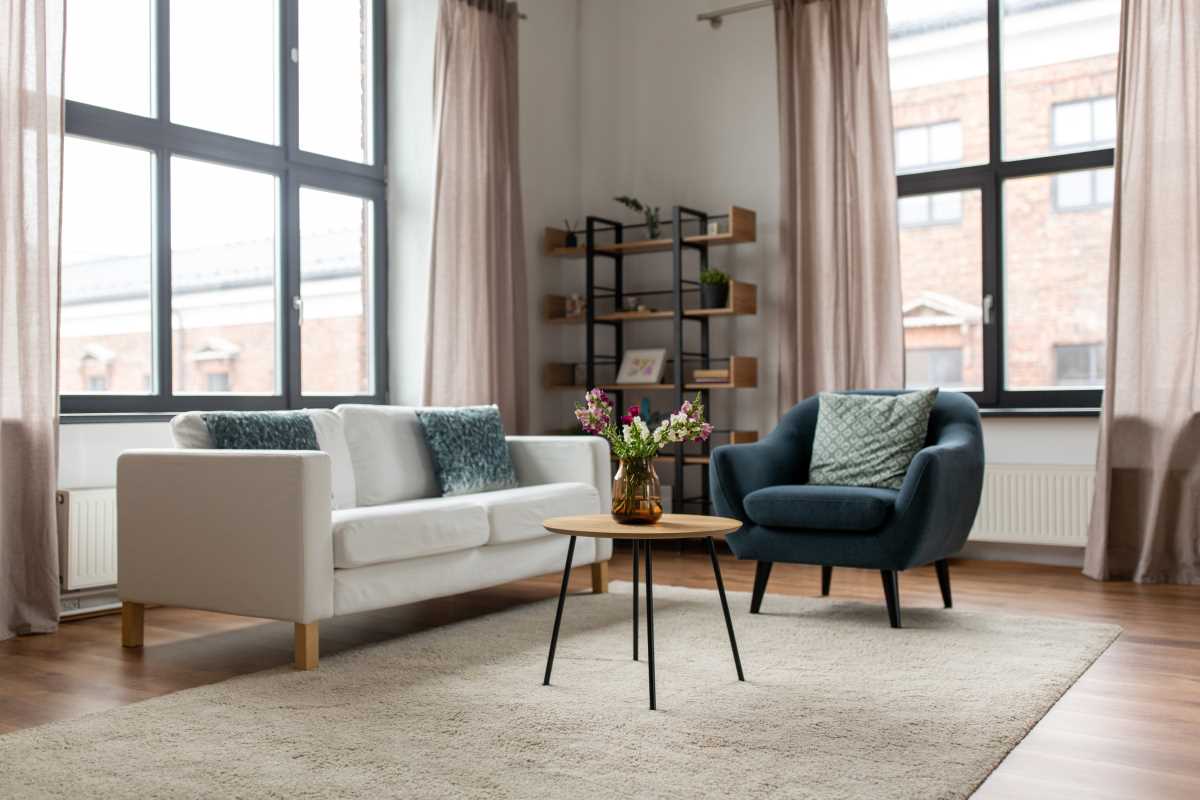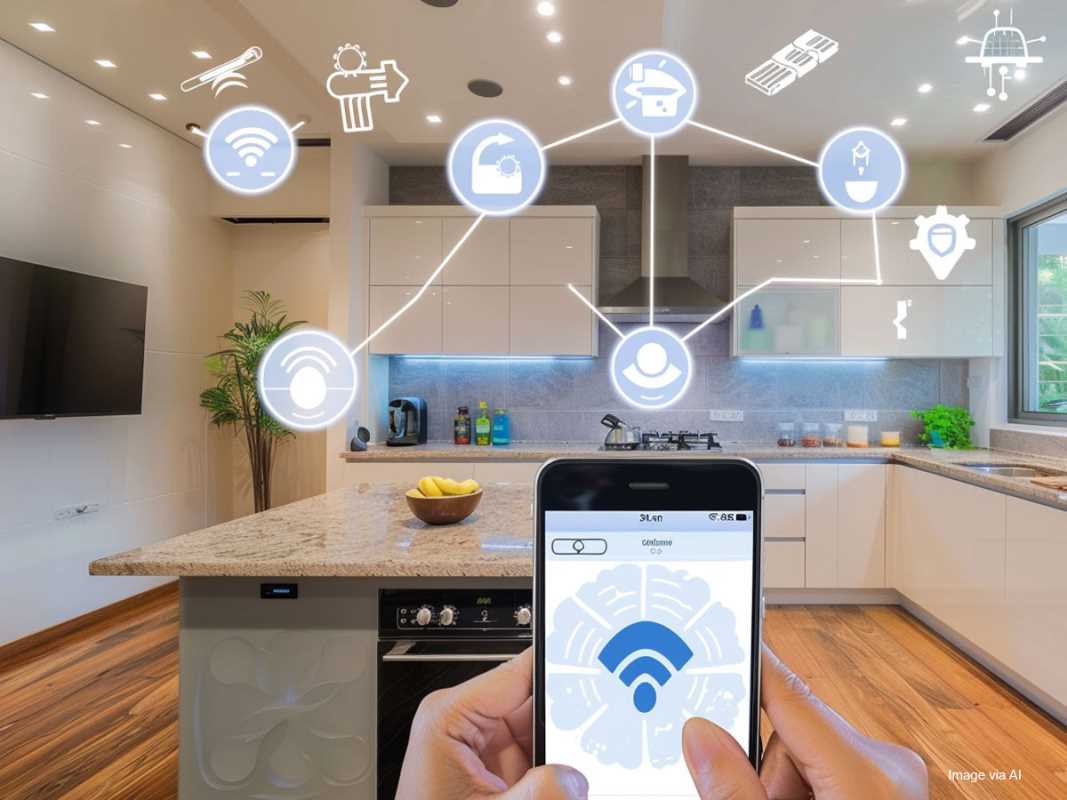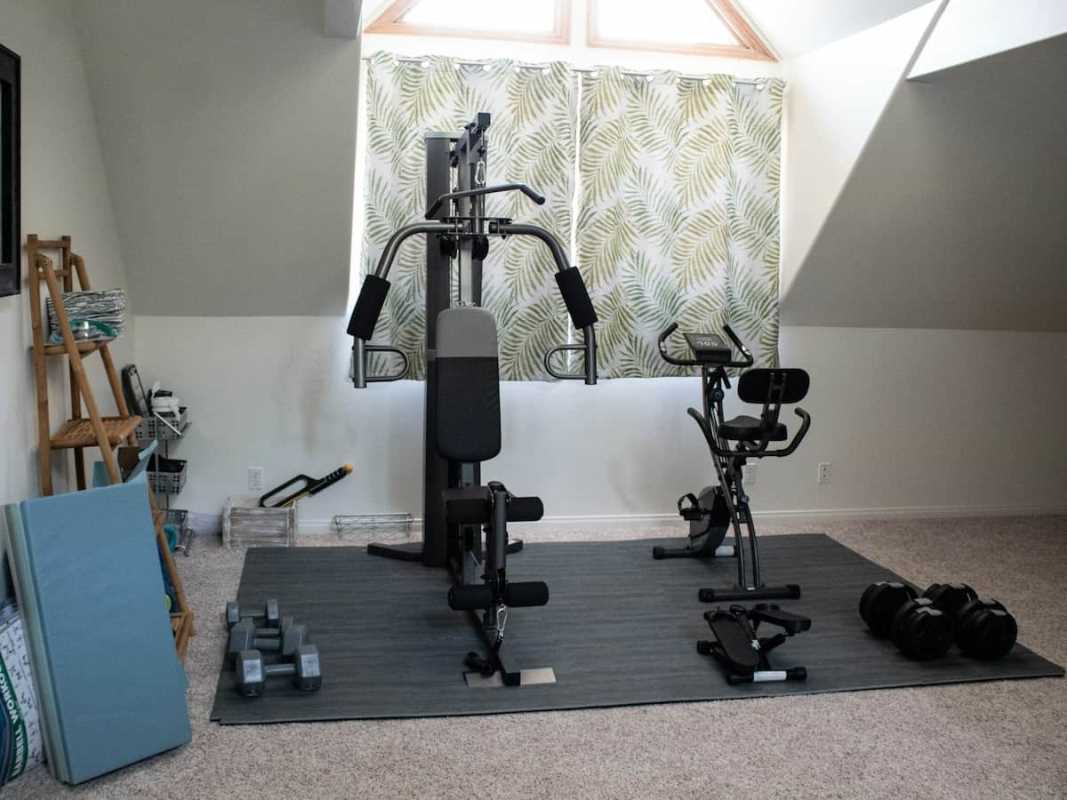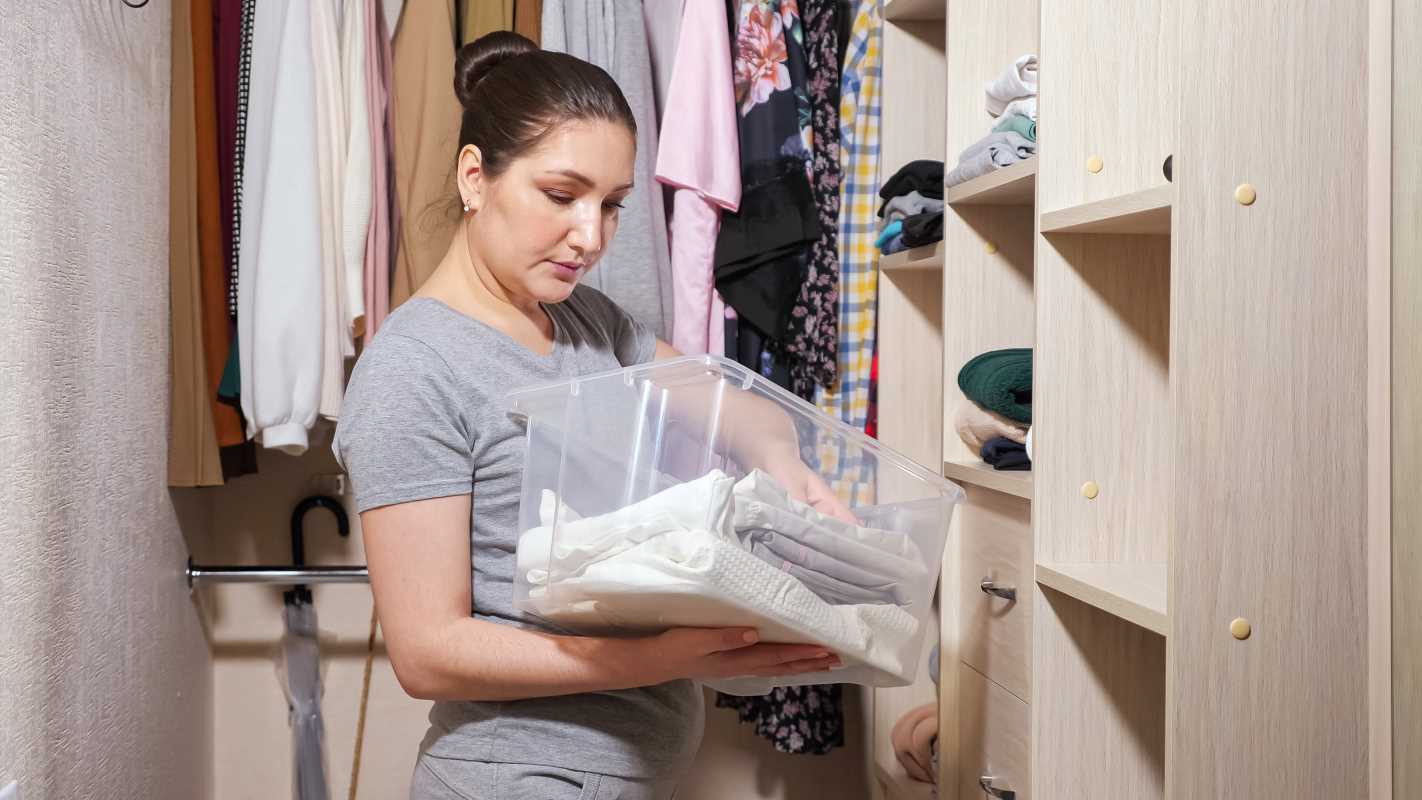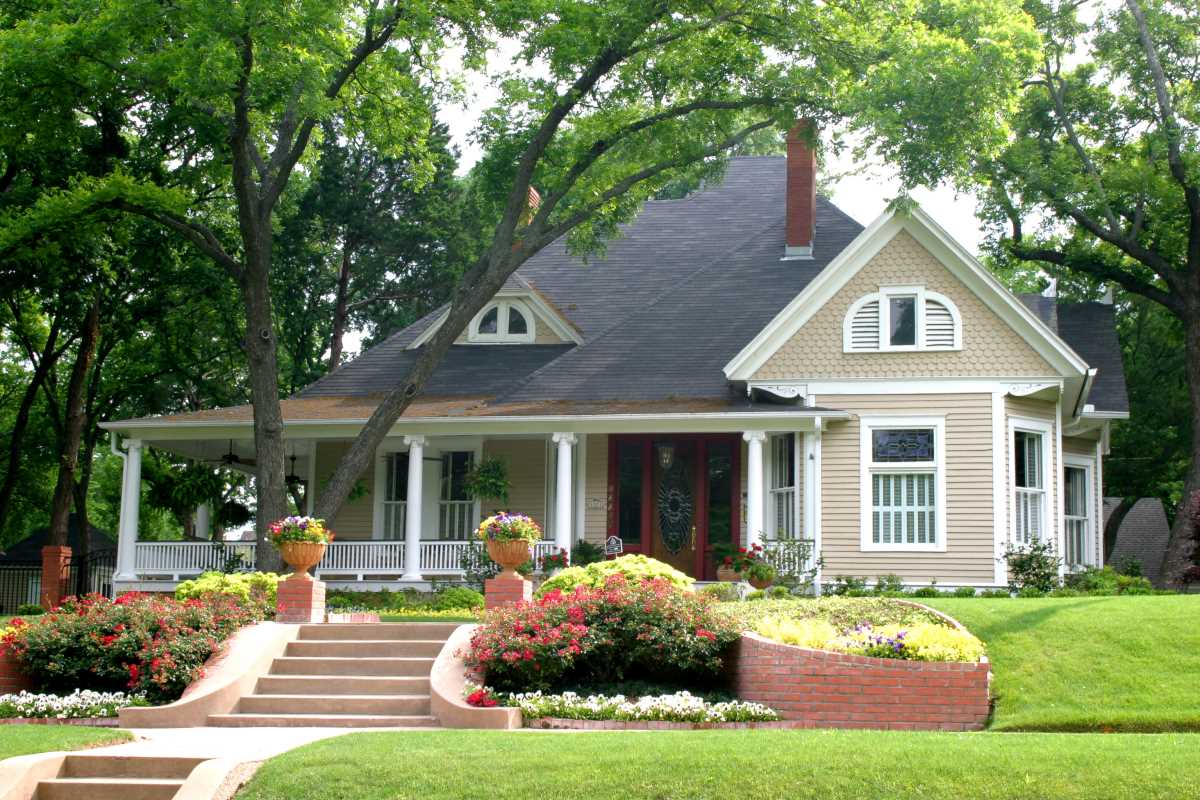Want to lower your bills and do something good for the planet without a total home overhaul? It’s totally possible. Making your space more eco-friendly is one of the smartest upgrades you can make. By retrofitting your home with energy-efficient fixtures, you can seriously reduce your carbon footprint and save some major cash over time.
This isn’t about huge, expensive projects. It’s about making small, strategic swaps that add up to a big impact. From smart lighting to water-saving faucets, let's explore the simple and authentic ways you can make your home more sustainable.
The Big Wins of Going Green at Home
Switching to energy-efficient fixtures isn't just a trend; it's a powerful move toward a more sustainable lifestyle. The benefits are real, and they go way beyond just feeling good about your choices.
Save Money, Live Better
This is the most immediate perk. Energy-efficient fixtures are designed to do the same job using less power or water. This means lower electricity and water bills every single month. While some fixtures might cost a bit more upfront, the long-term savings are a huge win. Think of it as an investment that pays you back.
Reduce Your Carbon Footprint
Every time you use less energy, you’re helping to reduce the demand on power plants, which cuts down on greenhouse gas emissions. These small, individual actions collectively make a massive difference in the fight against climate change. It’s a real, tangible way to contribute to a healthier planet from your own home.
Create a Smarter, More Comfortable Space
Modern, energy-efficient fixtures often come with smart technology that makes your life easier. Imagine lights that adjust automatically, a thermostat that learns your schedule, or a showerhead that gives you great pressure while using less water. These upgrades boost your home's comfort and functionality.
Your Guide to Energy-Efficient Upgrades
Ready to start retrofitting? Focus on the areas that use the most energy and water. Here are the most impactful fixtures you can swap out.
1. Light Up Your Life with LEDs
If you're still using old-school incandescent bulbs, this is your sign to switch. LED (Light-Emitting Diode) lighting is one of the easiest and most effective energy-saving upgrades you can make.
- Why It’s a Win: LEDs use up to 90% less energy than traditional bulbs and can last up to 25 times longer. This means you’ll spend way less time on a ladder changing bulbs and way less money on your electricity bill.
- How to Choose: Look for the ENERGY STAR label to ensure you're getting a high-quality, certified product. LEDs come in a huge range of colors and brightness levels, from warm, cozy whites to cool, energizing daylight tones. You can find them for virtually any fixture, from standard lamps to recessed ceiling lights.
- Installation: This is as simple as it gets. In most cases, you just unscrew the old bulb and screw in the new LED. It’s a five-minute task with years of benefits.
2. Get Smart with Your Thermostat
Your heating and cooling system is one of the biggest energy hogs in your home. A smart thermostat gives you total control, helping you slash energy use without sacrificing comfort.
- Why It’s a Win: A smart thermostat learns your schedule and preferences, automatically adjusting the temperature when you’re away or asleep. You can also control it from your phone, so you can turn up the heat on your way home from class or work. The EPA reports that homes with smart thermostats can save an average of 10-12% on heating and 15% on cooling.
- How to Choose: Look for models that are compatible with your HVAC system and your smart home ecosystem (like Amazon Alexa or Google Assistant). Top brands offer features like remote sensors for different rooms and monthly energy reports.
- Installation: Many smart thermostats are designed for DIY installation and come with clear, step-by-step instructions. However, if you're not comfortable with wiring, it's always a good idea to hire a professional electrician.
3. Save Every Drop with Water-Saving Fixtures
We often focus on electricity, but water is a precious resource, too. Installing water-saving fixtures in your kitchen and bathroom is a key part of creating a truly sustainable home.
- Why It’s a Win: Low-flow fixtures can significantly reduce your water consumption without you even noticing a difference in performance. This not only lowers your water bill but also saves the energy used to heat that water.
- How to Choose: Look for products with the WaterSense label from the EPA. These fixtures are certified to be at least 20% more water-efficient than standard models.
- Showerheads: WaterSense-labeled showerheads provide great pressure while using less water.
- Faucets: A simple aerator can be screwed onto the end of most kitchen and bathroom faucets to reduce water flow without decreasing performance.
- Toilets: Modern dual-flush or low-flow toilets use significantly less water per flush than older models.
- Installation: Swapping out a showerhead or installing a faucet aerator is a simple DIY task. Replacing a toilet is more involved but is a manageable project for a handy person or a quick job for a plumber.
Making the Switch: What to Consider
Retrofitting your home is a straightforward process, but a little planning goes a long way.
- Start Small: You don't have to do everything at once. Start with the easiest upgrade, like replacing your light bulbs with LEDs. Once you see the savings, you’ll be motivated to tackle the next project.
- Look for Rebates: Many utility companies offer rebates and incentives for purchasing energy-efficient appliances and fixtures. Check your local provider’s website to see what deals you can get.
- Prioritize for Impact: If your budget is limited, start with the upgrades that will have the biggest impact. For most homes, this means focusing on lighting and your thermostat first.
